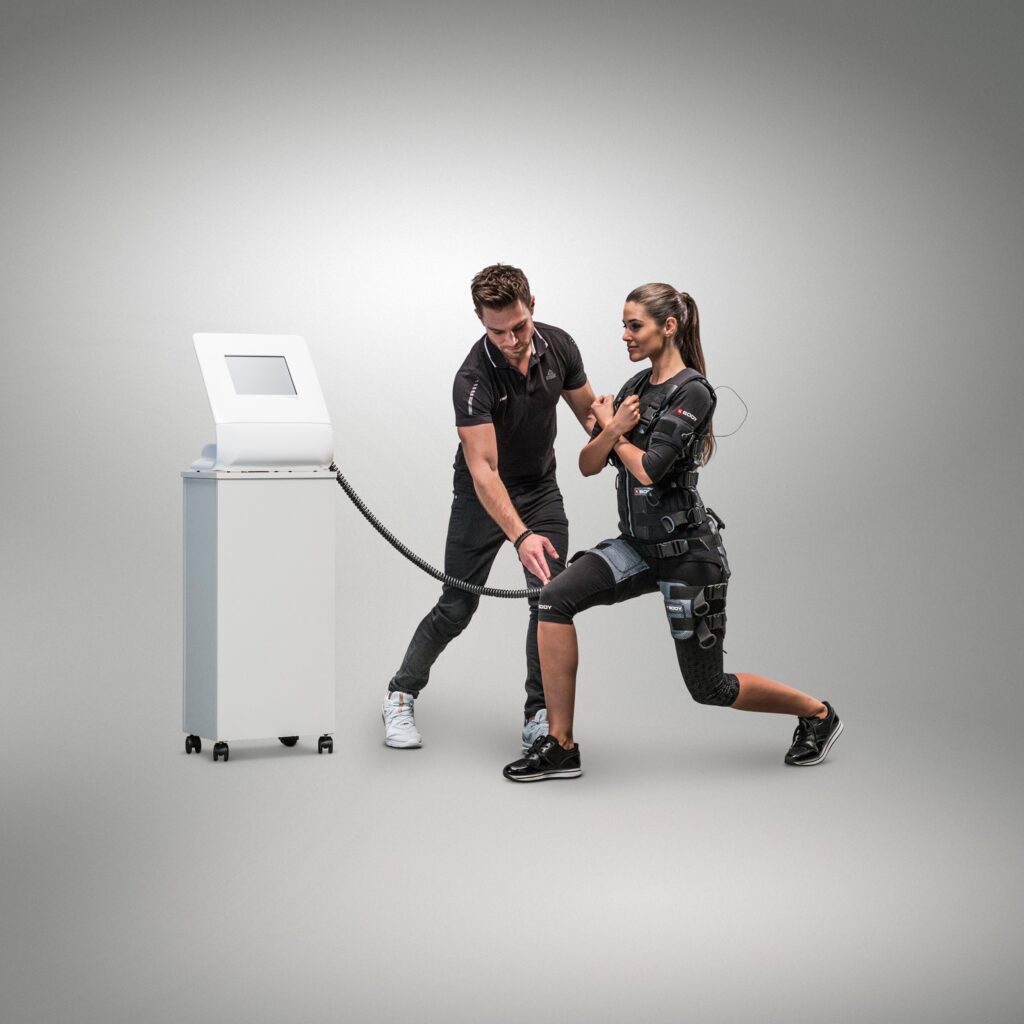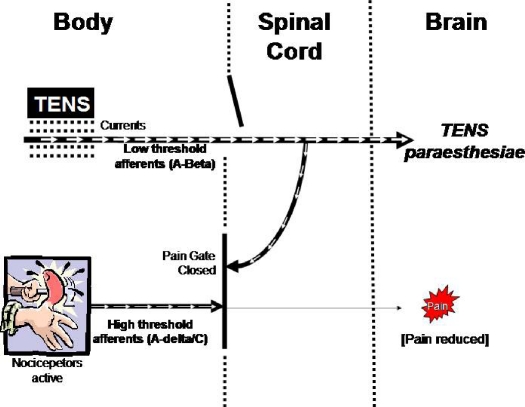Innovation knows no boundaries when it comes to sports training. Traditional training methods are rapidly changing as technology advances. The use of electrical stimulation haptic feedback can take sports training to a whole new level and make it more efficient.
Get ready to dive into how haptic technology in the form of TESLASUIT can redefine sports training and enhance the overall experience.
Haptic Technology
As mentioned in the previous article, haptic technology has been adopted in many different areas. The use of haptic technologies such as EMS and TENS can be of great benefit in sports. EMS delivers electrical impulses to stimulate muscles and is commonly used in sports training, while TENS delivers impulses directly to the nerves and can be used to help muscles recover after exercise.

Benefits of Using Haptics in Sports Trainings
TESLASUIT’s full-body haptic technology is designed to provide immersive, realistic touch feedback. Since many sports have the potential for injury, adding haptic virtual reality environments could create a safe space for athletes.
Boxing is considered to be the second most dangerous sport, accounting for 12.8% of all fatal sports injuries in the USA, according to the latest statistics. Therefore, by creating a safer training environment, haptic technology with VR settings offers significant benefits for boxers. Let’s take a closer look at how haptic technology can improve the boxing experience with the use of TESLASUIT.
Teslasuit for sports training
IMMERSIVE SPARRING SIMULATION
Not only is sparring a vital part of boxers’ training, it can also be physically demanding and difficult to organise. TESLASUIT’s haptic technology allows boxers to engage in virtual sparring simulations with opponents of different styles and at different levels of skill. EMS allows boxers to feel the punch by stimulating specific muscle groups at the point of impact. This haptic technology can recreate the feeling of real sparring, helping boxers hone their techniques.
In addition, the use of this technology minimises the risk of injury during intense training sessions by providing a controlled environment.
IMPROVED TRAINING EXPERIENCE
Using TESLASUIT’s EMS, a wide range of haptic training exercises can be tailored for boxers. EMS can improve the contraction of the muscles and increase the strength and power of the muscles, thus making it easier for the boxer to achieve his goals. By incorporating tactile feedback, boxers can practice slipping, rolling and dodging in a way that feels more real, making their training sessions more engaging and productive.
Haptic feedback can also improve neuromuscular coordination. This is the ability of the human brain to initiate voluntary activity involving one or more skeletal muscles. Optimal neuromuscular control requires a higher level of engagement and attention, as well as an awareness of the movements that need to be carried out. The combination of EMS and sports training helps to generate neuromuscular adaptations and makes it possible to adjust the motor control during a voluntary movement.
PAIN MENAGMENT
Not only does haptic technology aid training, but TENS can be used in conjunction with EMS to reduce exercise-induced pain and increase endurance performance. TESLASUIT’s TENS can relieve pain through a segmental mechanism. The segmental mechanism reduces the sensitivity of our body’s pain system by reducing the activity of pain-detecting cells. In this form, haptic technology is used to manage pain related to boxing and other sports injuries. In addition, TENS and EMS can be used to help muscles recover from training and competition.
MENTAL CONDITIONING AND VISUALISATION
In boxing, the mental state of an athlete is just as important as their physical skills. The integration of TESLASUIT’s haptic feedback system with VR can help athletes to mentally prepare themselves for high-pressure situations. By simulating the adrenaline rush and pressure of a real fight with the haptic stimuli, the TESLASUIT can help boxers to build up mental resilience, confidence and focus – key attributes for success in the ring.
Conclusion
In essence, the TESLASUIT’s haptic technology could take sports training to a whole new level.
Although TENS and EMS serve different purposes, the combination of the two has created a holistic approach to sports training that promises a brighter, safer and more successful future for athletes in a wide range of disciplines.
The incorporation of haptic feedback in a form of EMS technology into boxing training has the potential to improve muscle strength, power and neuromuscular co-ordination. As well as helping to achieve physical goals, this helps fighters to achieve optimal control of their movements, contributing to improved overall performance.
The TESLASUIT’s TENS and EMS capabilities extend beyond training. They are invaluable tools for pain management, muscle recovery and injury rehabilitation, helping athletes not only during training but also in recovery after competition. All in all, as haptic technology continues to evolve at a rapid pace, the world of sports training is set to see even more exciting breakthroughs and advancements.
Related article:
World’s First Haptic Rugby Tackle: 5G power demonstration from Vodafone powered by TESLASUIT
Feel the Drive: The world’s first data-driven immersive F1 driving experience powered by TESLASUIT
Workout of the Future. TESLASUIT as a Personal Trainer

